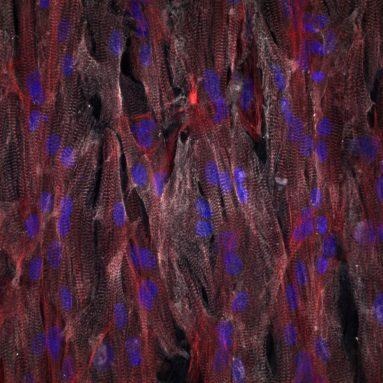Harvard Researchers Create 3D Printed Heart-On-A-Chip With Sensors Inside
Researchers at Harvard University have created the very first entirely 3D printed organ-on-a-chip and the technique could open the door for more complex and customizable devices in the future. The heart-on-a-sensor chip has integrated sensing and was constructed using fully automated digital manufacturing procedure that allows for fast fabrication and customization.
The integrated sensing capability of the heart-on-a-chip allows for the researchers to collect reliable data for both short-term and long-term studies. Researchers on the project think that this new manufacturing approach could one day allow for rapid design of organs-on-chips, also known as microphysiological systems, that are able to match the properties of specific disease conditions or individual patient's cells.

"This new programmable approach to building organs-on-chips not only allows us to easily change and customize the design of the system but also drastically simplifies data acquisition," said Johan Ulrik Lind, first author of the paper and postdoctoral fellow at the Harvard John A. Paulson School of Engineering and Applied Sciences (SEAS).
Organs-on-chips mimic the structure and function of native tissue and are a promising alternative to testing on animals. Previous fabrication and data collection processes for this sort of organ-on-a-chip were laborious and expensive.
"Our approach was to address these two challenges simultaneously via digital manufacturing," said Travis Busbee, coauthor of the paper and graduate student in the Lewis Lab. "By developing new printable inks for multi-material 3D printing, we were able to automate the fabrication process while increasing the complexity of the devices."
The chips the researchers have designed have multiple wells with separate tissues and integrated sensors that allow the study of multiple sensors at once. So far the team behind the new sensors has performed drug studies and long term studies that look at changes in the contractile stress engineered cardiac tissues over weeks.
SOURCE: Harvard
